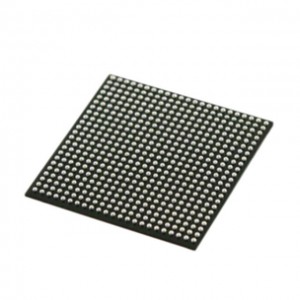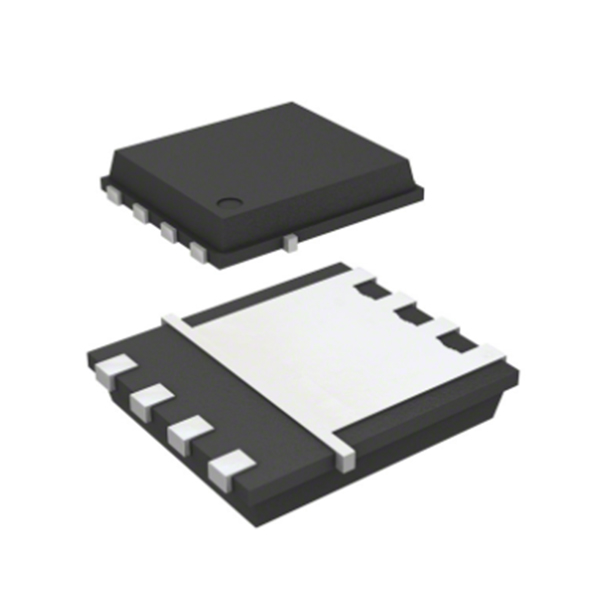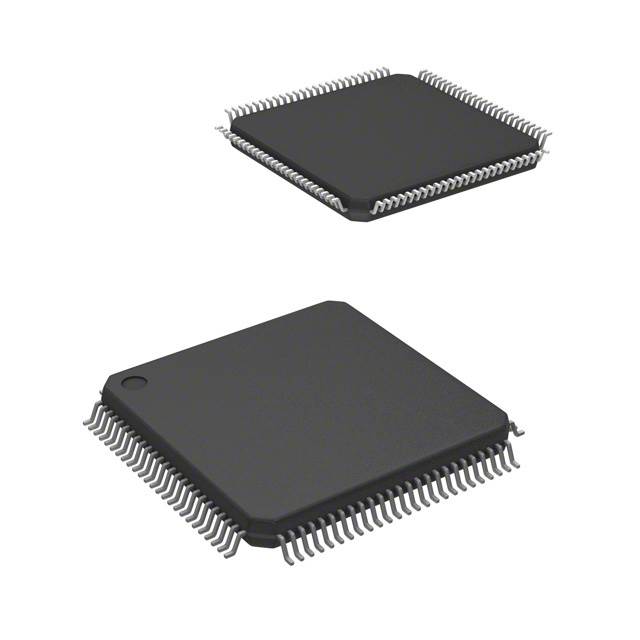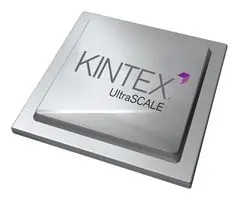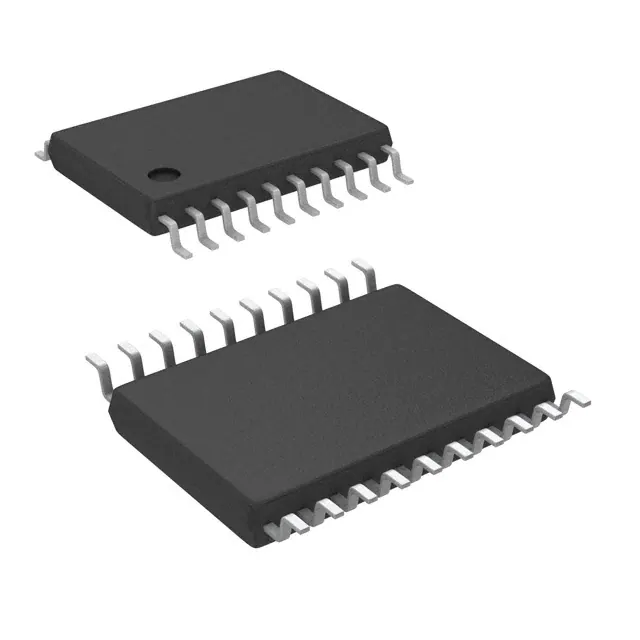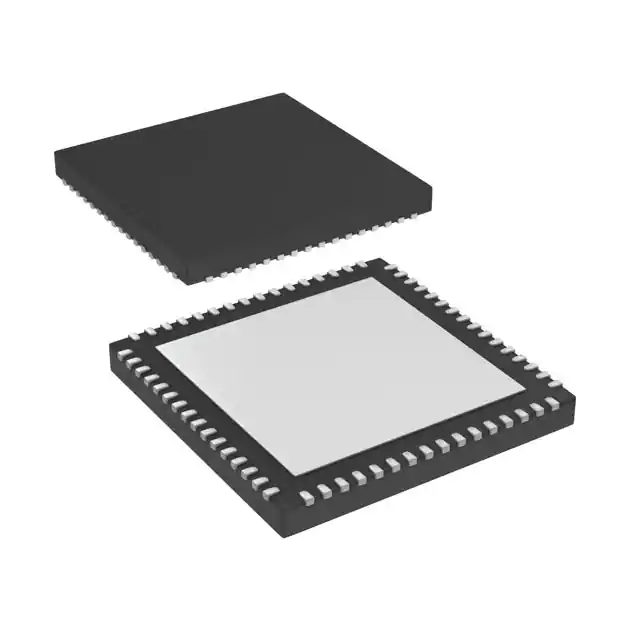5CEFA7U19C8N IC Chip Original Integrated Circuits
Product Attributes
| TYPE | DESCRIPTION |
| Category | Integrated Circuits (ICs)EmbeddedFPGAs (Field Programmable Gate Array) |
| Mfr | Intel |
| Series | Cyclone® V E |
| Package | Tray |
| Product Status | Active |
| Number of LABs/CLBs | 56480 |
| Number of Logic Elements/Cells | 149500 |
| Total RAM Bits | 7880704 |
| Number of I/O | 240 |
| Voltage – Supply | 1.07V ~ 1.13V |
| Mounting Type | Surface Mount |
| Operating Temperature | 0°C ~ 85°C (TJ) |
| Package / Case | 484-FBGA |
| Supplier Device Package | 484-UBGA (19×19) |
| Base Product Number | 5CEFA7 |
Documents & Media
| RESOURCE TYPE | LINK |
| Datasheets | Cyclone V Device HandbookCyclone V Device OverviewCyclone V Device DatasheetVirtual JTAG Megafuntion Guide |
| Product Training Modules | Customizable ARM-Based SoCSecureRF for the DE10-Nano |
| Featured Product | Cyclone V FPGA Family |
| PCN Design/Specification | Quartus SW/Web Chgs 23/Sep/2021Mult Dev Software Chgs 3/Jun/2021 |
| PCN Packaging | Mult Dev Label CHG 24/Jan/2020Mult Dev Label Chgs 24/Feb/2020 |
| Errata | Cyclone V GX,GT,E Errata |
Environmental & Export Classifications
| ATTRIBUTE | DESCRIPTION |
| RoHS Status | RoHS Compliant |
| Moisture Sensitivity Level (MSL) | 3 (168 Hours) |
| REACH Status | REACH Unaffected |
| ECCN | 3A991D |
| HTSUS | 8542.39.0001 |
Cyclone® V FPGAs
Altera Cyclone® V 28nm FPGAs provide the industry’s lowest system cost and power, along with performance levels that make the device family ideal for differentiating your high-volume applications. You’ll get up to 40 percent lower total power compared with the previous generation, efficient logic integration capabilities, integrated transceiver variants, and SoC FPGA variants with an ARM-based hard processor system (HPS). The family comes in six targeted variants: Cyclone V E FPGA with logic only Cyclone V GX FPGA with 3.125-Gbps transceivers Cyclone V GT FPGA with 5-Gbps transceivers Cyclone V SE SoC FPGA with ARM-based HPS and logic Cyclone V SX SoC FPGA with ARM-based HPS and 3.125-Gbps transceivers Cyclone V ST SoC FPGA with ARM-based HPS and 5-Gbps transceivers
Cyclone® Family FPGAs
Intel Cyclone® Family FPGAs are built to meet your low-power, cost-sensitive design needs, enabling you to get to market faster. Each generation of Cyclone FPGAs solves the technical challenges of increased integration, increased performance, lower power, and faster time to market while meeting cost-sensitive requirements. Intel Cyclone V FPGAs provide the market’s lowest system cost and lowest power FPGA solution for applications in the industrial, wireless, wireline, broadcast, and consumer markets. The family integrates an abundance of hard intellectual property (IP) blocks to enable you to do more with less overall system cost and design time. The SoC FPGAs in the Cyclone V family offer unique innovations such as a hard processor system (HPS) centered around the dual-core ARM® Cortex™-A9 MPCore™ processor with a rich set of hard peripherals to reduce system power, system cost, and board size. Intel Cyclone IV FPGAs are the lowest cost, lowest power FPGAs, now with a transceiver variant. The Cyclone IV FPGA family targets high volume, cost-sensitive applications, enabling you to meet increasing bandwidth requirements while lowering costs. Intel Cyclone III FPGAs offer an unprecedented combination of low cost, high functionality, and power optimization to maximize your competitive edge. The Cyclone III FPGA family is manufactured using Taiwan Semiconductor Manufacturing Company’s low-power process technology to deliver low power consumption at a price that rivals that of ASICs. Intel Cyclone II FPGAs are built from the ground up for low cost and to provide a customer-defined feature set for high volume, cost-sensitive applications. Intel Cyclone II FPGAs deliver high performance and low power consumption at a cost that rivals that of ASICs.
Introduction
Integrated circuits (ICs) are a keystone of modern electronics. They are the heart and brains of most circuits. They are the ubiquitous little black “chips” you find on just about every circuit board. Unless you’re some kind of crazy, analog electronics wizard, you’re likely to have at least one IC in every electronics project you build, so it’s important to understand them, inside and out.
An IC is a collection of electronic components – resistors, transistors, capacitors, etc. — all stuffed into a tiny chip, and connected together to achieve a common goal. They come in all sorts of flavors: single-circuit logic gates, op amps, 555 timers, voltage regulators, motor controllers, microcontrollers, microprocessors, FPGAs…the list just goes on-and-on.
Covered in this Tutorial
- The make-up of an IC
- Common IC packages
- Identifying ICs
- Commonly used ICs
Suggested Reading
Integrated circuits are one of the more fundamental concepts of electronics. They do build on some previous knowledge, though, so if you aren’t familiar with these topics, consider reading their tutorials first…
Inside the IC
When we think integrated circuits, little black chips are what come to mind. But what’s inside that black box?
The real “meat” to an IC is a complex layering of semiconductor wafers, copper, and other materials, which interconnect to form transistors, resistors or other components in a circuit. The cut and formed combination of these wafers is called a die.
While the IC itself is tiny, the wafers of semiconductor and layers of copper it consists of are incredibly thin. The connections between the layers are very intricate. Here’s a zoomed in section of the die above:
An IC die is the circuit in its smallest possible form, too small to solder or connect to. To make our job of connecting to the IC easier, we package the die. The IC package turns the delicate, tiny die, into the black chip we’re all familiar with.
IC Packages
The package is what encapsulates the integrated circuit die and splays it out into a device we can more easily connect to. Each outer connection on the die is connected via a tiny piece of gold wire to a pad or pin on the package. Pins are the silver, extruding terminals on an IC, which go on to connect to other parts of a circuit. These are of utmost importance to us, because they’re what will go on to connect to the rest of the components and wires in a circuit.
There are many different types of packages, each of which has unique dimensions, mounting-types, and/or pin-counts.







